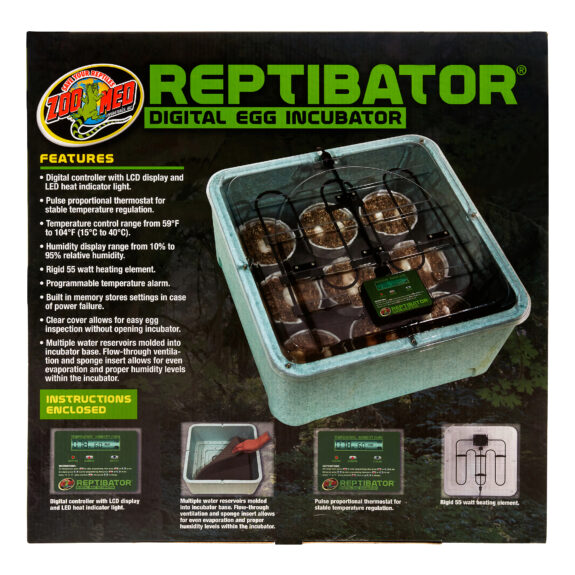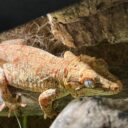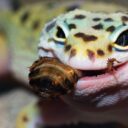At some point in your gecko-keeping career, you may find yourself with gravid (the reptile version of pregnant) female leopard geckos. What an exciting and potentially stressful position to be in! While a lot of keepers will deliberately breed their geckos, many keepers end up with baby leopard geckos without even trying to breed their animals in the first place! For example, this can happen when animals are improperly sexed, or a gravid female gecko is sold and bought without the owners knowing.
Do you need to incubate leopard gecko eggs?
If you intend on hatching your gecko eggs then yes it is a good idea to incubate leopard gecko eggs. Maintaining a constant incubation temperature will ensure the highest hatch-rate, and healthy, fully developing embryos. Some environments and situations may not necessarily call for an incubator but we find it is much less stressful to use the proper equipment to maintain incubating eggs. Some do not want a clutch of baby geckos and the trouble of finding other leopard gecko owners to take care of the new babies. In this case it is best to NOT incubate or breed your geckos if they have reached sexual maturity.

How long do leopard geckos eggs take to hatch?
Leopard gecko eggs will incubate for anywhere from 40 days to 100 days. Usually eggs in the same clutch will hatch around the same time but not always. Healthy eggs will be maintained by a clean incubation medium at the right humidity. You can use tupperware container or small plastic deli cups to store your eggs in the incubator. A commercial incubator isn’t necessary but will work just fine. Humidity levels can be maintained by keeping open cups of water inside the incubator. An egg box will contain a medium like moss, perlite, vermiculite or similar. This will be the first thing you need to keep your eggs clean, humid, but not suffocated. The eggs will need to breath a bit as well so it is a good idea to add small holes in the container.
How do you incubate leopard gecko eggs at home?
To properly incubate eggs at home make sure you have an incubator, a substrate or medium to put the eggs on, and a few egg containers. Larger containers are OK but if there is a probably with bugs or mold, it is better to have smaller groups of eggs affected. Peat moss and sphagnum moss make fine substrates but most prefer vermiculite or perlite. A single egg can be incubated by itself without any issues. The hatching process if a lot of fun to witness and is the best way to welcome gecko babies into the world. Successful mating for the first time is also a lot of fun to see and document.
What should I do if my leopard gecko lays eggs?
Do not panic! Find a plastic box with a tight lid, this will be your incubation container. If you are attempting to hatch the eggs you can call your local pet store and ask if they will incubate the eggs for you. If not they will have materials to help you properly incubate your eggs at home. Sometimes geckos will lay infertile eggs. There is no way to immediately tell if your eggs are infertile.
How do you keep leopard gecko eggs alive?
You will want to incubate and properly store the eggs to keep them alive. Your gecko may lay eggs several times over the course of a month or so. Hatchling leopard geckos are much harder to keep alive than the eggs. Once you have a properly set up incubator, you will just need to wait for the eggs to hatch. There isn’t much work to do otherwise until the pet geckos hatch from the eggs and baby geckos fill your egg trays.

How do you know if a gecko egg is alive?
After a couple weeks time you will begin to see veins growing on the inside of the egg. You can use a bright light to candle the egg. Use the light to illuminate the egg while you gently hold it. You should be able to see veins on the inside of the shell wall. Proper care, proper moisture, and the needed incubation period will all ensure your geckos are healthy when they hatch.
Baby geckos will come out of the egg full of vigor. Keep them on clean moist paper towels. They will shed and believe it or not they will eat their first shed usually. This is done to capture as much nutrition as possible. At this point you can start to feed your baby leopard geckos a normal diet of tiny live insects.



